There has been a major shift in the noise-canceling headphone market: supra-aural models have apparently become less important, as lighter versions of headphones have also made their way to cancel out external noise and relax just listening to music. , reducing environmental interference as much as possible. For example, Apple has also entered the sector, as we know, with its AirPods Pro.
At the same time, noise canceling technology has made further strides. At the base there is a simple mechanism: the external microphones on the headphones “listen” to the external noise and sample it, after which it is generated by the drivers of the headphones, in addition to the sounds you want to hear (music, a phone call) even identical noises to those external but in counter-phase. The two waves, external noises and generated noises, cancel each other out and there is the sensation of falling into a cone of silence, even deeper because it is spatially deceptive for our hearing (which, let us remember, also serves as a spatial sense).
To this first technology, which has been on the market for about fifteen years, something more has recently been added: the possibility of making listening “transparent”, modeling and filtering the noise that comes from outside. Added to this are the joys of the new generations of Bluetooth, the most “consuming” part of all as regards the autonomy of the batteries, which now allows more hours of use and even more devices to connect to.
Bowers & Wilkins, who has a long history of producing sonically interesting and quality headphones, has decided to invest in the technological aspect to make its cancellation PX7 noise , and the result is an interesting product at a reasonable price. Let's see in this test how they are made and how they go.
Bowers & Wilkins headphones
The packaging is not small, even if it is compact, because the headphones are not small. The noise-canceling PX7 model are the flagship of the British company. Founded in 1966 on the initiative of John Bowers and Roy Wilkins, who had met during the war while serving in the Royal Corps of Signals, carried on under the name B&W by Bowers alone, the company has recovered its current name (Bowers & Wilkins) and was finally bought in 2016 by the Californian EVA Automation. B&W has a historic role in the production of quality audio equipment, and has for many years been considered an advanced company in technology and design.
Inside the package there are, in addition of course to the headphones themselves, also their very elegant (and quite bulky) rigid packaging, a card with very well designed and clear instructions (great for simplifying life and explaining what the buttons are for. along the profile of the headphones), the two cables, one for charging and the other for connecting the headphones to another emitting device, with a microphone for phone calls.
The headphones are not small and give a strong sturdiness also underlined by the rotating arms that bind the pavilions to the padded arch. Made of composite and apparently very robust, carbon fiber, they are also relatively light but above all heavy in design. On the other hand, the headphones themselves with the earpads whose padding is removable, are more slender thanks to the flared shape and have a less important presence than their real size.
On the outside of the pavilions there is the writing “Bowers & Wilkins”, the short slot of some of the external microphones for the noise cancellation function, and the small keys drowned in the thickness of the edge, which are slightly uncomfortable both as operation and as involuntary activation taking off and putting on the headphones.

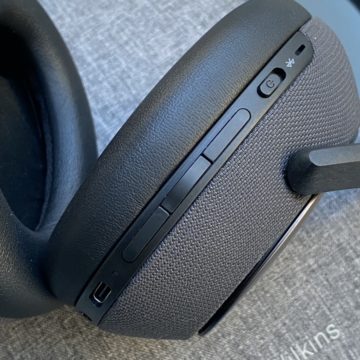
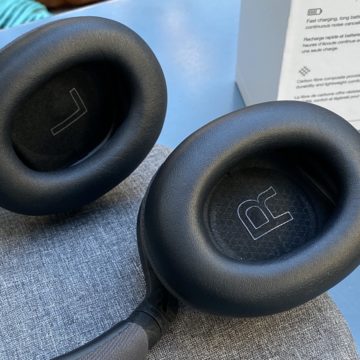
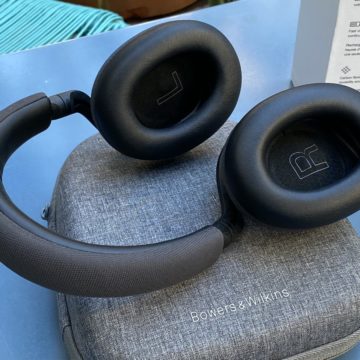
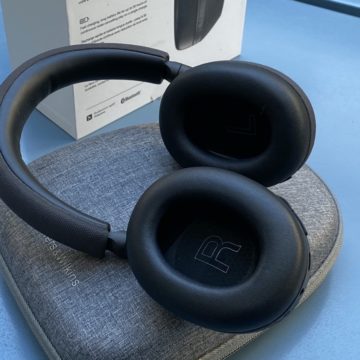
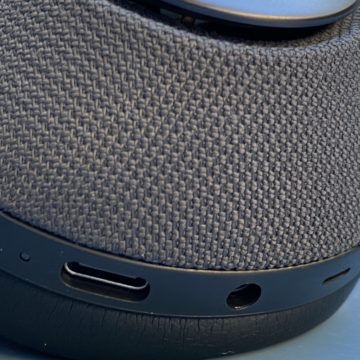
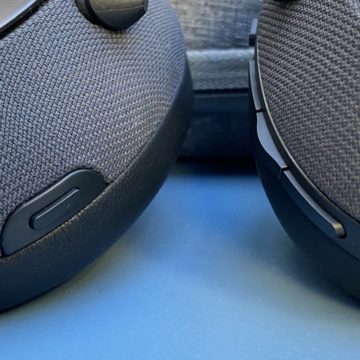
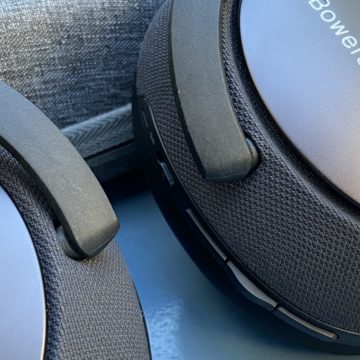
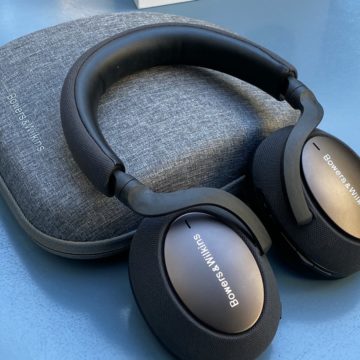
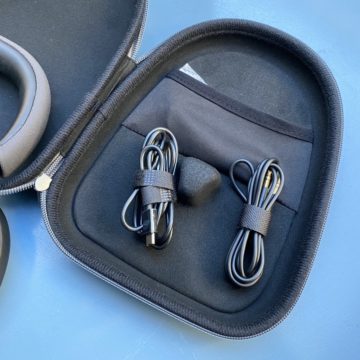
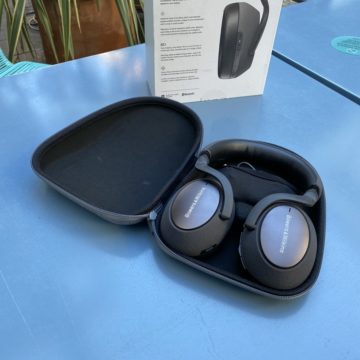
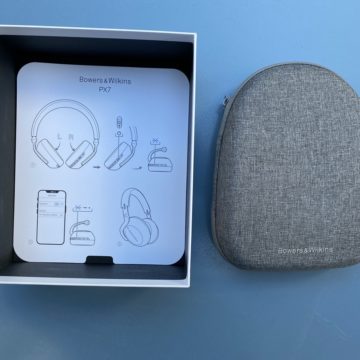
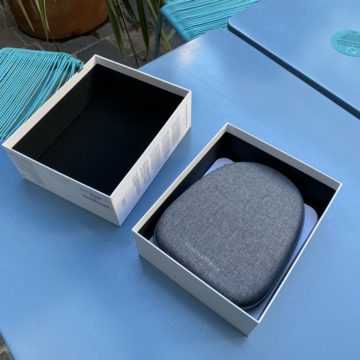
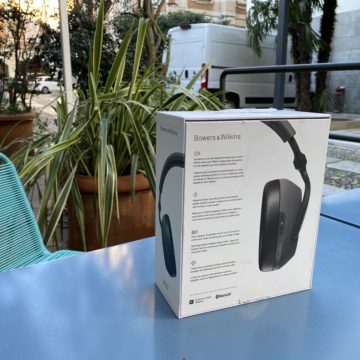
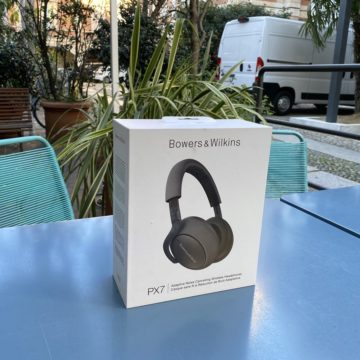
Pairing, app and operation
B & W's headphones have a good app, which can be downloaded from both the Apple and Android stores. We only used it with the iPhone and iPad mini, although it wouldn't have been necessary to put it on more than one device. The convenience is that we also used the headphones working only with the iPad mini and in great comfort.
Pairing is facilitated by the presence of a physical button on the headphones and by the app, which “sees” them and allows them to be matched to a third device. For example, we piloted them from our iPhone by making them pair with Android phones, Apple TVs, MacBooks, iPads. This is possible thanks to the fact that there are actually two Bluetooth channels: one connects to the device with the app and the other to the target device for pairing. Instead, as regards the normal management of the headphones, you can configure two devices to which the headphones will connect in parallel, this as we will see later is a very intelligent function.
Furthermore, while the app remembers (and so do the headphones) how many Bluetooth devices have been matched, choosing which are the two “prominent ones” to connect to after switching on. This allows you to set operating hypotheses and change them as needed, for example when traveling and when working at home. But we will see it better later, as mentioned. Here it is worth mentioning that paring is a breeze, done at the speed of light (with the app) and we must point out that, aside from Apple playing around with its products, this is perhaps the best experience of multiple paring we have seen so far.
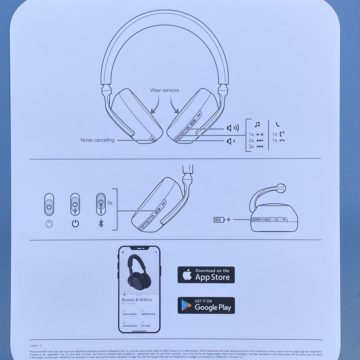
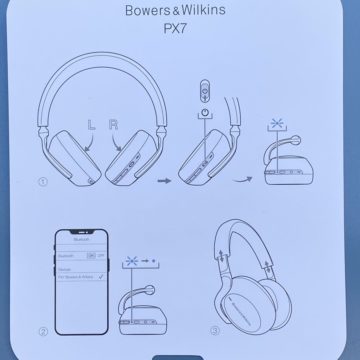
Ergonomics and design
Like all B&W headphones, these are also comfortable. The specimen we had on trial from the company had already been used by other journalists before they had returned it as we did (all healthy people, no cases of otitis registered). This is important, however, because the headphones were already “softened” both from the point of view of the resistance of the headband and the pavilions, and sonically. The first impact is certainly “harder” from a structural point of view, while the headphones for the almost two months we spent using them were absolutely soft and not tiring, albeit large and bulky.
The two big design problems, which as Steve Jobs said is not how something is made but how it works, are related to use. Both have to do with the moments when headphones are put on or off the head or put away. In the first phase, that is, “put on the head”, there is a very strong risk of activating functions involuntarily because the hardware buttons, which are also uncomfortable because they are thin, long and sleek, but placed on the edge of the headphones and therefore in a position where they risk being pressed when you want to remove or put on the headphones. Among the risks, that of turning them on and playing a song while they are put in the case.
Other headphone models on the market turn off when they are also held around the neck with the ear cups folded at an angle. This does not happen with the PX7, and indeed there is a dedicated button but not too ergonomic. Instead, the second problem that emerges is that of the folding of the headphones: counter-intuitive and inconvenient, also because the headphones do not fold completely and rather have the problem of making it difficult to understand which side to fold “right” to put them away. . We went crazy for practically the entire trial period.
Instead, the overall design is very good: B&W have been working on it for some time, starting with historical headphones like the P5, and P9 Signature and the original PX. These PX7 are the flagship product together with three other lower-end products: PI3, PI4, PX5 and precisely the PX7. B&W's main opponents in the PX7 price and feature range are Bose, Sennheiser and of course Sony.
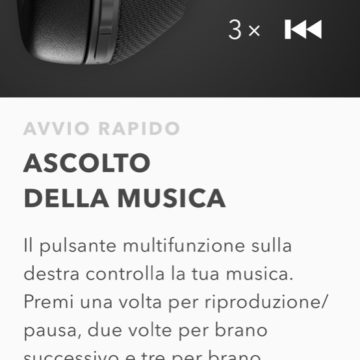

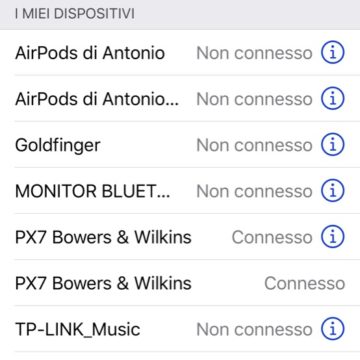
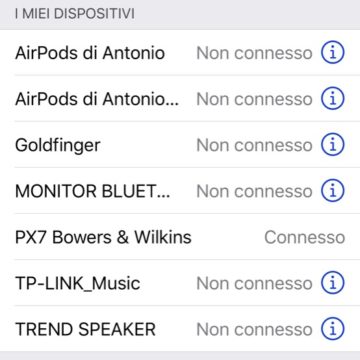
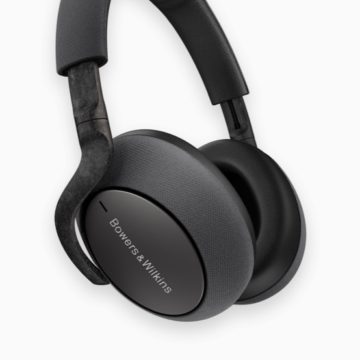

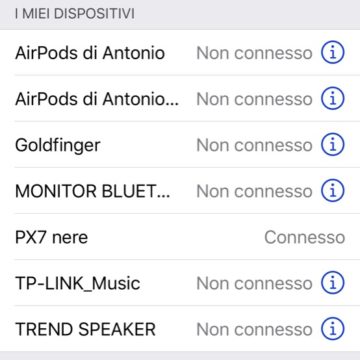
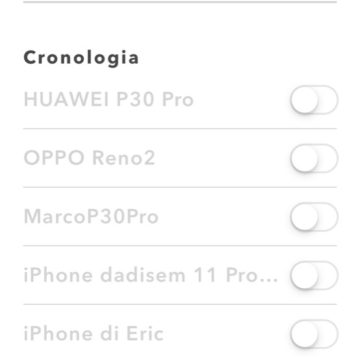
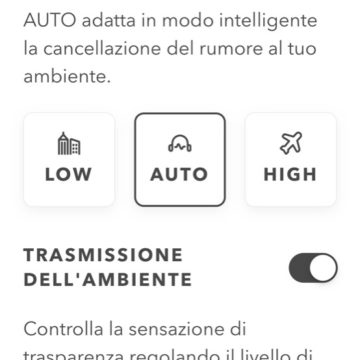
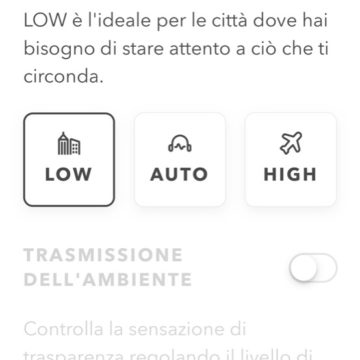
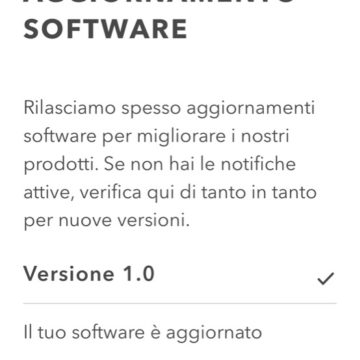
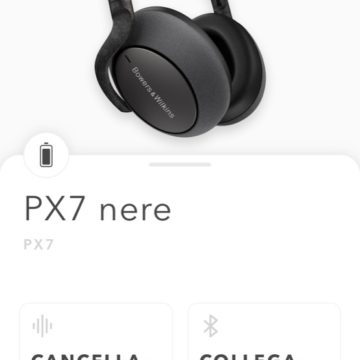
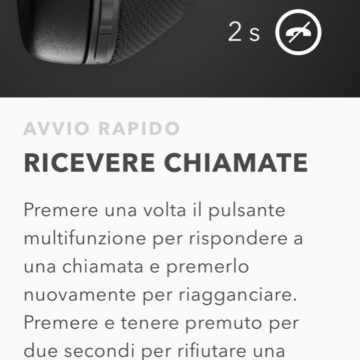


Battery and other amenities
The PX7 headphones are recharged using a USB-C cable (excellent news) and the battery has a range of 30 hours. The headphones have important 43.6mm drivers and weigh about 310 grams, in line with or just above the competition: the Bose NC 700 weigh 250g; Sony WH-1000XM3 255g and Sennheiser Momentum Wireless 305g.
Produced in two colors (silver and dark gray, that is silver and space gray) the headphones are large enough to do a bit of the “Mickey Mouse ears” effect but not excessively, because the arc rises gently and not it detaches too much from the temples of the wearer, passing by and not outside the earpads of the headphones themselves.
Technology and performance in the field
How do the headphones sound? Good. How do they cancel the noise? Better. The most innovative part is not the sound performance, however good (we'll get to that in a moment) but the noise cancellation. Which is on three programmable levels from the app (Low / Auto / High or automatically, which changes according to external noise) or by pressing a button on the ear, which allows you to have greater or lesser awareness of the surrounding environment.
We have tried the headphones in various contexts, including some train trips and some plane trips. It should be noted immediately that the generous dimensions of the beautiful box have the defect of filling the hand luggage almost immediately, forcing you to make choices especially for shorter trips or those in which you would like to be very light.
Furthermore, like all noise-canceling headphones, although those with the pavilions around the ears function objectively better, they have the defect (especially for the plane) that they cannot be used when you lean on to doze off and touch with the headband a part of the aircraft structure: seat support or even worse part of the aircraft. What happens is that the vibration passes and the noise that is canceled returns with the interests through the bones of the face.
Among the comforts the possibility of blocking playback as soon as the headphones are lifted from the ears (ie the audio of the device from which we are listening is blocked) but the headphones do not turn off. Thirty hours – actually verified in the field – is a long time and perhaps there is no need to charge them so frequently. But be careful not to leave them unintentionally turned on in the case, because the risk is to download them and also the iPad or the iPhone (this has happened twice to this writer).
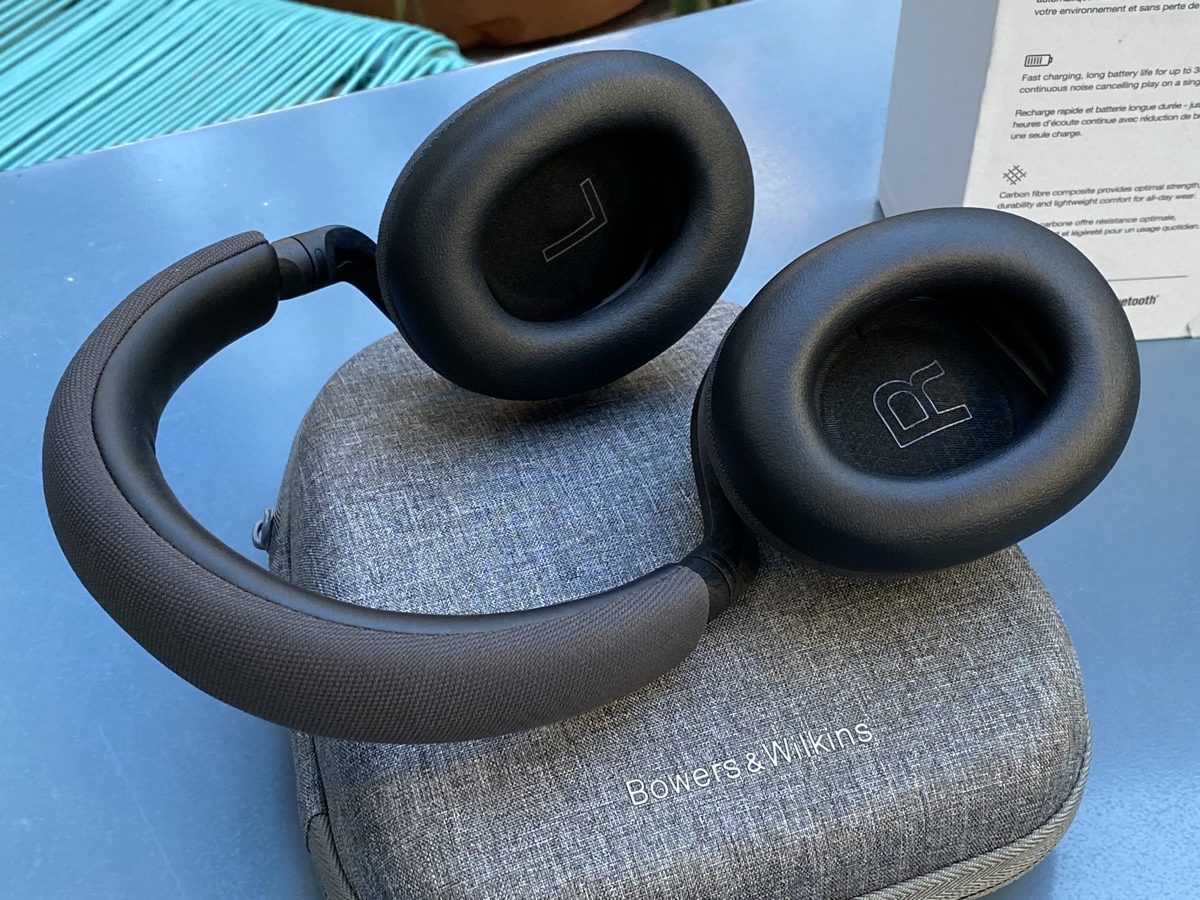
The sound performance
If it is true that noise-canceling headphones are used above all for this, that is to cancel noise (and perhaps make it more relaxing to work in public places or eliminate the annoying background vibration of long plane trips) it must also be said that they are still headphones. And as such they serve also and above all to listen to music. And possibly to call.
For this second eventuality, the headphones are equipped with various microphones but they are not the best. They have the advantage that you can listen to music coming from the computer, for example, but quickly switch to the phone simply because the headphones have actually always been connected to it. Otti mo. However, our interlocutors, different over time, have all more or less universally emphasized the not brilliant (and in some cases poor or problematic) quality of the audio of our voice.
Instead, for the sound performance the B&W offer some good surprises but not as much as we would have liked. The driver is large and of good quality and B&W has done a good job of making them compatible with most transmission and compression codecs. The headphones are in fact compatible with Bluetooth 5.0 (hence the low-power management of multiple devices at the same time) and support aptX, aptX HD, aptX Adaptive audio, in addition to the AAC and SBC codecs.
With all these codecs available, which are also changed transparently during the negotiation with the device on duty, we would have expected stellar audio. But, going into situations of calm and silence, removing the noise cancellation and without evaluating the style and elegance, but focusing only on listening to various kinds of music from different types of sources, the headphones turn out to be of average quality.
From the sound point of view, in fact, the profile of the headphones turns out to be too low-oriented, with a dark sound and numerous problems especially with the mids. Dynamic range not very wide and further penalized by the fact that the B&W app does not allow you to equalize or modify the sound profile.
With an intensive and continuous listening in calm conditions the headphones prove to have a substantially limited character and made even more trivial by the choice of penalizing the dynamic range in favor of more present bass, such as pop music (i.e. hip-hop), daughter of the loudness war requires. The music scene is limited, the stereo positioning is not clear and the definition little more than enough. They are not audiophile headphones and indeed, they tend to have a profile of “walking headphones” or for listening in predominantly noisy environments. A choice of style and use that limits and compromises the most difficult area of use, that is, the evening listening in the most general silence of quality music in the solitude of one's home.
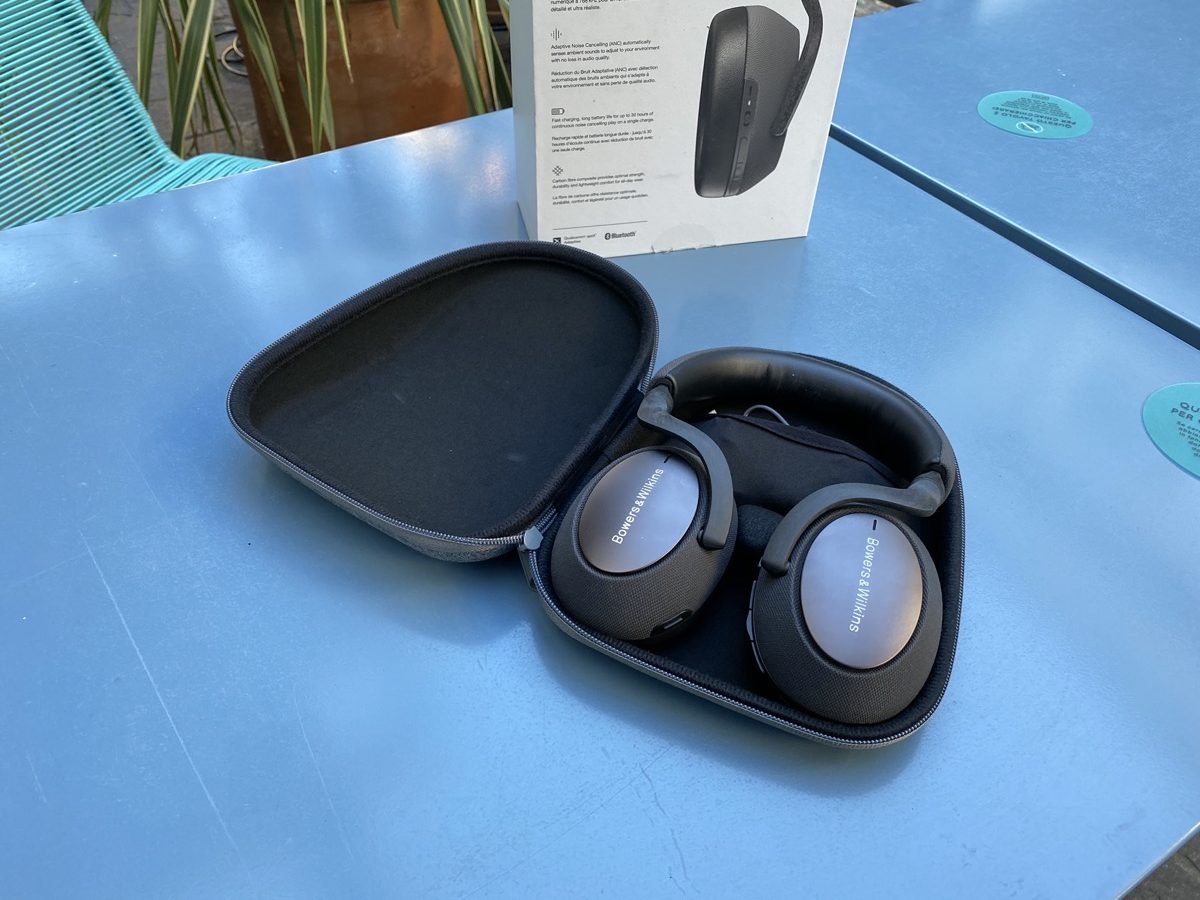
In conclusion
These headphones are destined to repeat and surpass the success of the series from which they originate. If you understand that their type of use is dynamic, modern, with style, and above all on the move in noisy contexts or when traveling, you also understand why they can be very appreciated. If, on the other hand, you are looking for a headphone with a soft and malleable rendering, which makes you hear the great silences and the innermost sounds at the same time, with a wide and detailed set of frequencies, spatially located in a large and bright scene, you have to keep looking again because they are not these Bowers & Wilkins PX7 headphones the ones you need.
PRO
AGAINST
Retail price
They are also available at € 399 including VAT on Amazon.





